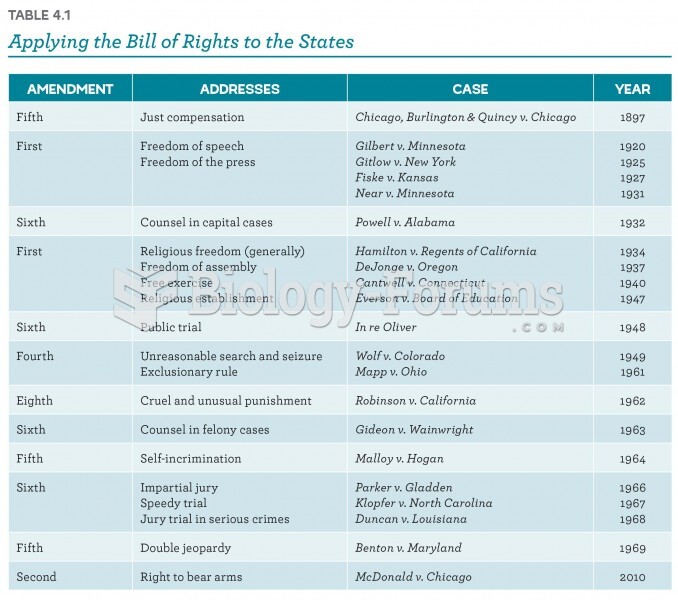Answer to Question 1
Americans with Disabilities Act (ADA
Answer to Question 2
The value of public relations is that although the organization gives up total control of the message, the resulting message is very persuasive because it is perceived as being more objective than a commercial advertisement. Word-of-mouth publicity is by far the most desirable form of advertising. It means that someone was sufficiently impressed with your establishment to discuss it with others. An endorsement by a friend is usually enough to cause a person to try a place. Potential customers are bombarded with every sort of advertising every day. Advertisers are always proclaiming how great their places, foods, quality, service, and prices are. Customers can get tired of all the exaggerated promises, especially when a few places do not measure up to what was promised. Understandably, people tend to be skeptical and often discount an advertiser's claims. In short, there is a gap between what advertisers say and what customers believe. There is, however, little or no gap when a friend recommends an eating place to another friend. The friend has no motive for profit or gain; therefore, the suggestion is appreciated and believed. While the power of word of mouth has been demonstrated time after time, it takes too long to develop positive word of mouth into sufficient numbers of customers to ensure the financial success of the establishment. It has been argued that the role of advertising is primarily to expose people to the fact that the facility is out there but that it will take word of mouth to induce actual patronage. This is probably true of more expensive purchases such as weddings or anniversary parties but is less true for an individual or family decision to eat out. Similarly, editorial and commentary reviews in the media are not suspect. Readers, listeners, and viewers have more trust in these reviews than in advertising messages. The idea, then, is to get the media to write or talk about a business without the suggestion that they are in it for personal profit. Newsworthy events, for example, are not considered by masses as being commercial. If it is news, it is fact.
Answer to Question 3
B







